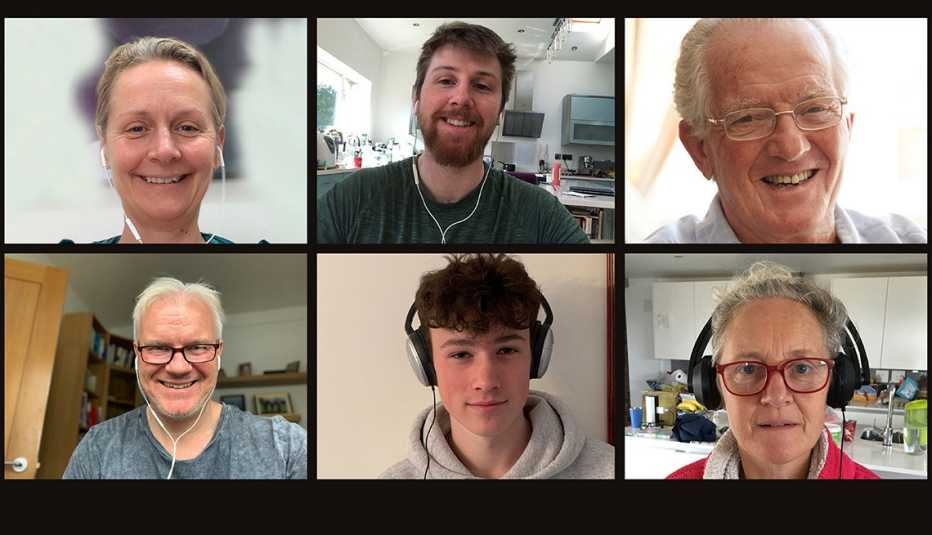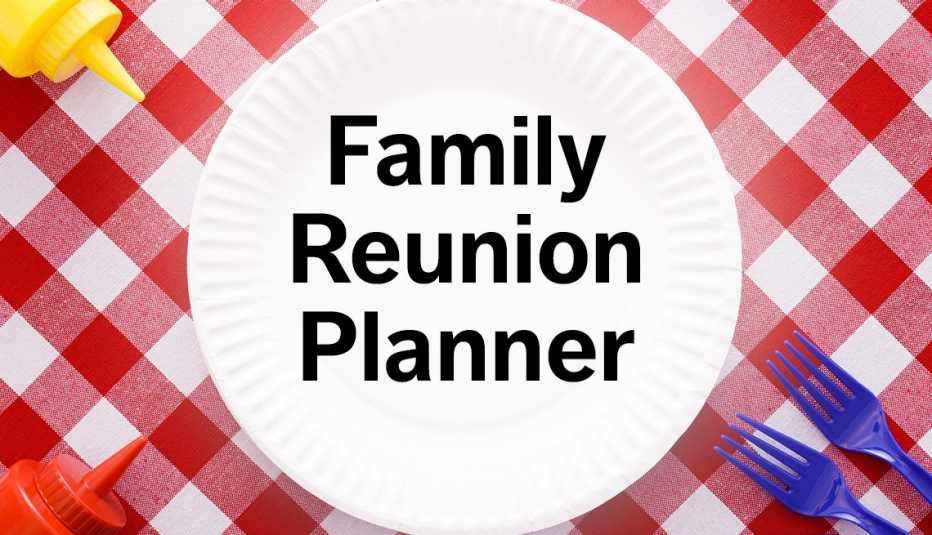Staying Fit


Before Andy Sciaroni took over planning his family’s annual reunion in 2011, his mom and aunts relied on sending paper reminders through the mail. Sciaroni, 58, had a better plan: He created a Facebook group.
“I was not printing out paper,” he says. “[Facebook] makes it much easier for me to organize.”
The private group serves as the central hub for reunion information. Sciaroni posts information including the date, location and directions, as well as details about additional festivities like dinners and local attractions.


AARP Membership— $12 for your first year when you sign up for Automatic Renewal
Get instant access to members-only products and hundreds of discounts, a free second membership, and a subscription to AARP the Magazine.
Sciaroni believes that having all of the information in a single place makes it easier for the 50 to 100 relatives who travel from out of state to attend the annual reunion in St. Louis to plan their trips — and it creates a way for family members who can’t attend to feel involved.
“There are people who can’t make it who love to see the photos that are posted in the Facebook group after the reunion,” he says.
Facebook is just one communication tool that can make it easier to organize reunions or other big gatherings and events. There are also apps, websites, online planners and document-sharing tools that can help with tasks from choosing a date and location to coordinating schedules and collecting payments. Choosing the right communication tools for your event depends on several factors, from the size of the gathering to event logistics.
Assessing the options
These are some of the more common communication tools for reunion planning:
1. Zoom
This videoconferencing service allows organizers to meet “face to face” to discuss details and make decisions. Black encourages reunion organizers to host a Zoom chat to share information with relatives and provide a platform to ask questions. For anyone who can’t tune in live, the session can be recorded and posted on Facebook, she adds.


































































More on Home & Family
Been a While Since You Hosted a Party? 7 Ideas to Get You Up to Speed
Social muscles may be a bit rusty, but this guide can help50 Free Apps for Apple and Android Phones
These smartphone extras will help you in nearly every facet of your life